Affiliate links on Android Authority may earn us a commission. Learn more.
Why are Chinese brands seen poorly in the US and what can they do about it?
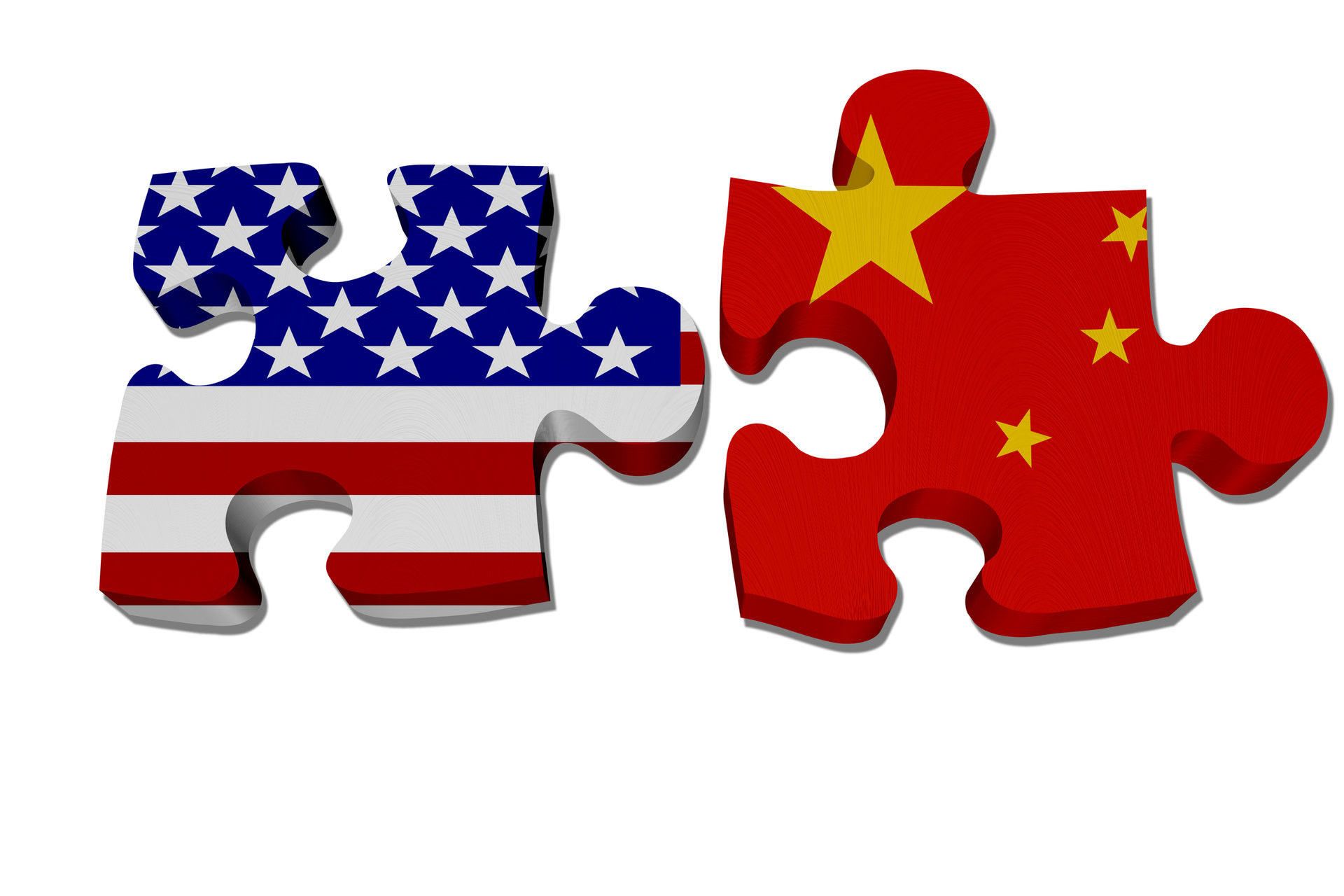
While Chinese companies have experienced varying degrees of success in Western markets, very few have managed to make a significant inroad into the lucrative US market. From changing company names to remove the stigma associated with their Chinese parent companies to massive advertising campaigns, these companies have tried – and so far struggled – to change the way they are viewed in the US.
The perception of Chinese brands in the USA still remains a mostly negative one, but on a recent trip to CTIA 2015, I saw some marketing from Huawei that raised the question of why they hadn’t actually made a bigger success of their US efforts.
The perception of HUAWEI
Staying at the Palazzo, which is rated the best Casino resort on the Strip, the keys to my suite were branded with Huawei’s logo. The Palazzo is connected to the Venetian and in this hotel, the keys were also sponsored by HUAWEI as were the keys to the third tower. I’m not sure about other hotels but across these three towers, there were approximately 8,000 rooms and every one had HUAWEI branding on the key.
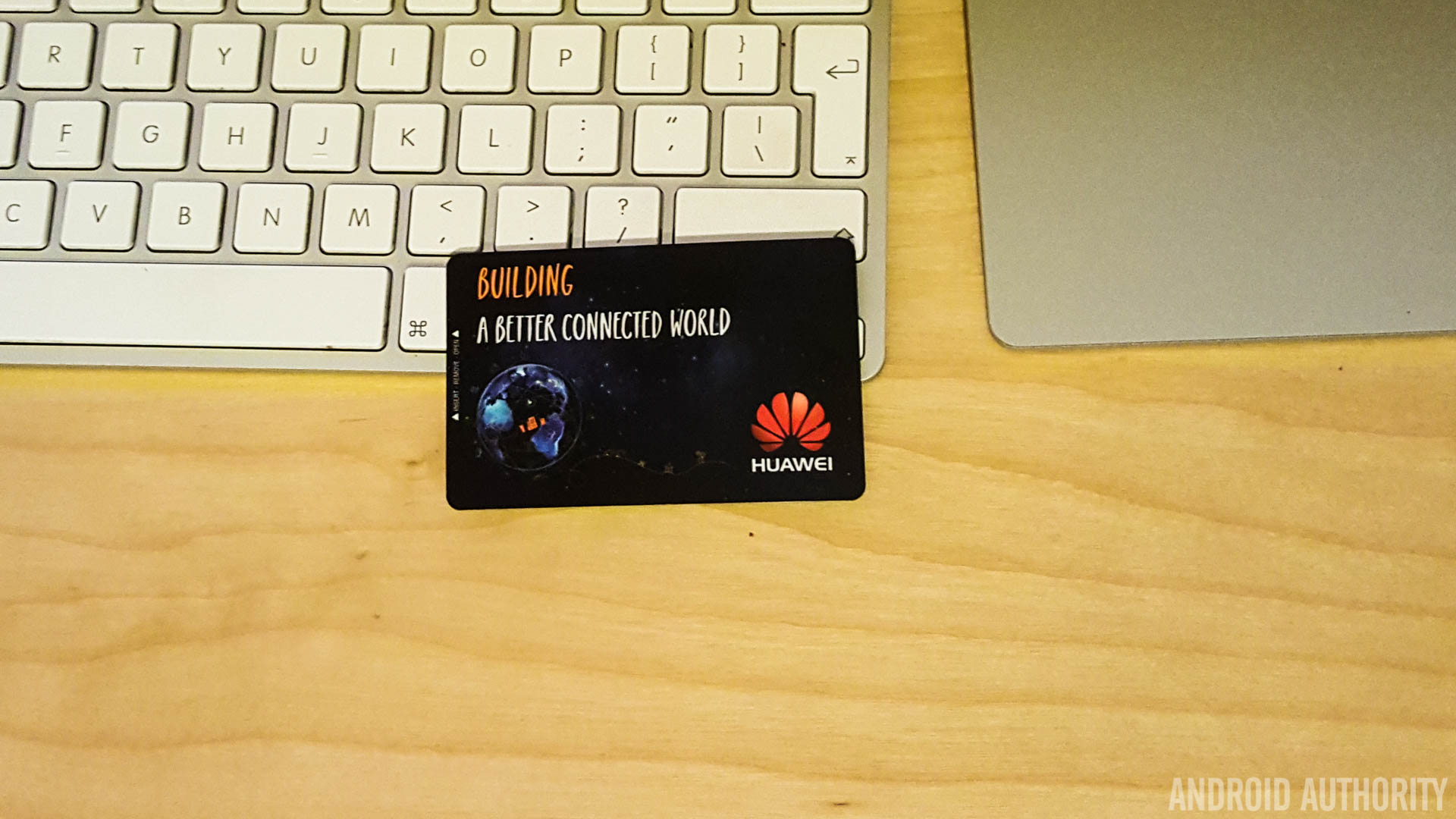
This is certainly a bold move from the Chinese OEM, but a drop in the ocean considering the size of the USA. Yet, the people I spoke to, who were staying at the hotel, had no idea who HUAWEI were, even though they had seen the name on the room key.
Furthermore, they all said they had little interest in finding out who they were and (not only in the US) they didn’t know how to pronounce the company name. The latter is not the first time this has been said about HUAWEI, but I’m still quite surprised that people hadn’t heard of the company.
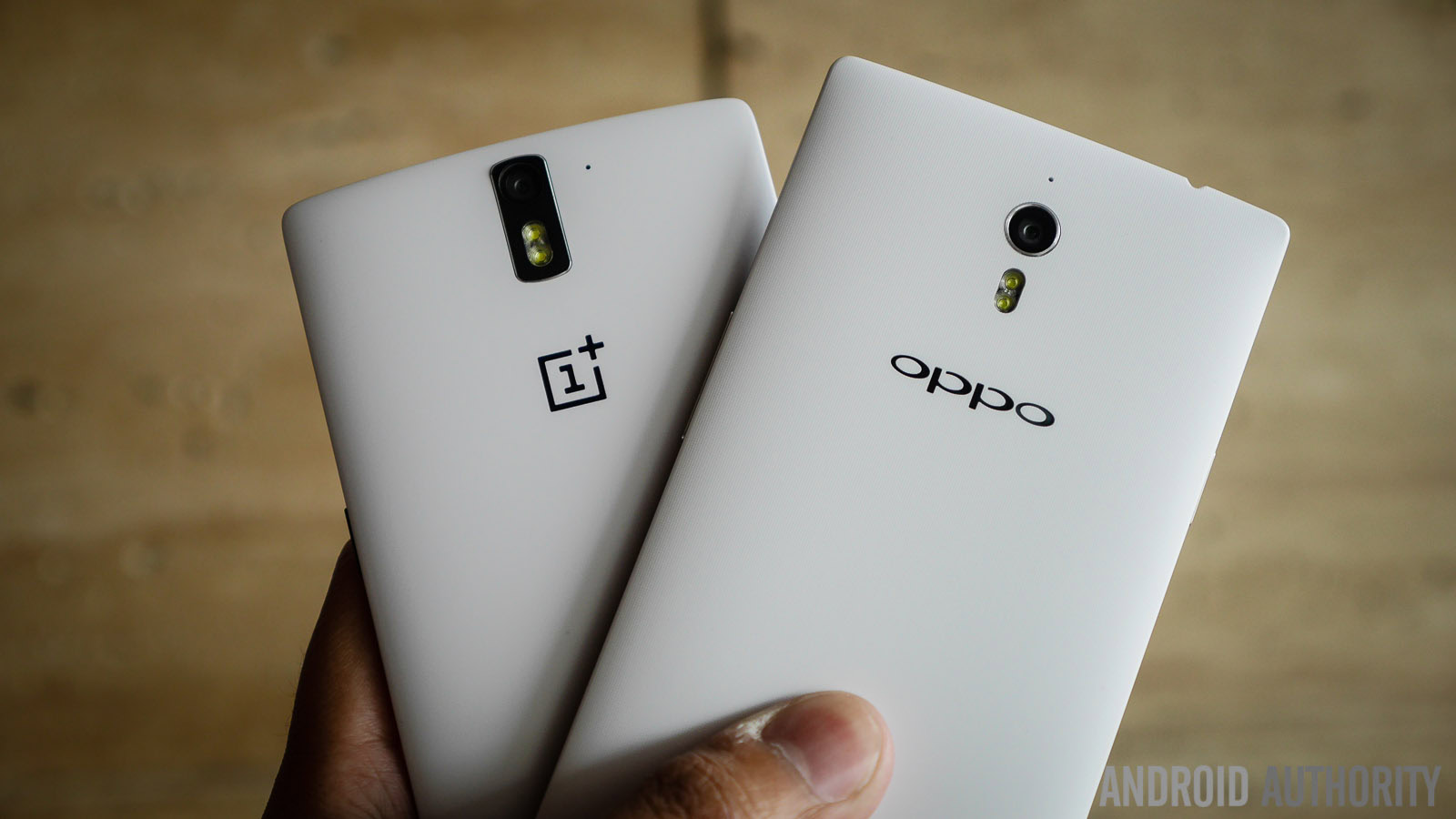
Made in China = No, No.
Looking at other Chinese vendors and very few have made actual efforts to break into the US market. There’s no doubt a few reasons for this:
Security stigma
A stigma that’s often attached to Chinese companies is that any smartphone from a Chinese OEM lets the Chinese government spy on your data. Whether this is true or not, any Chinese OEM hoping to do business in the USA has a handicap before they’ve even begun.
Fear of the unknown
If you’ve got the choice of buying the latest smartphone from Apple and Samsung or picking up a smartphone from a company you’ve never heard of, you’ll probably go for the former. At the end of the day, a lot of people are fearful of the unknown and if you’ve never heard of a company, you’re highly unlikely to spend money to buy its phone on a contract or outright.
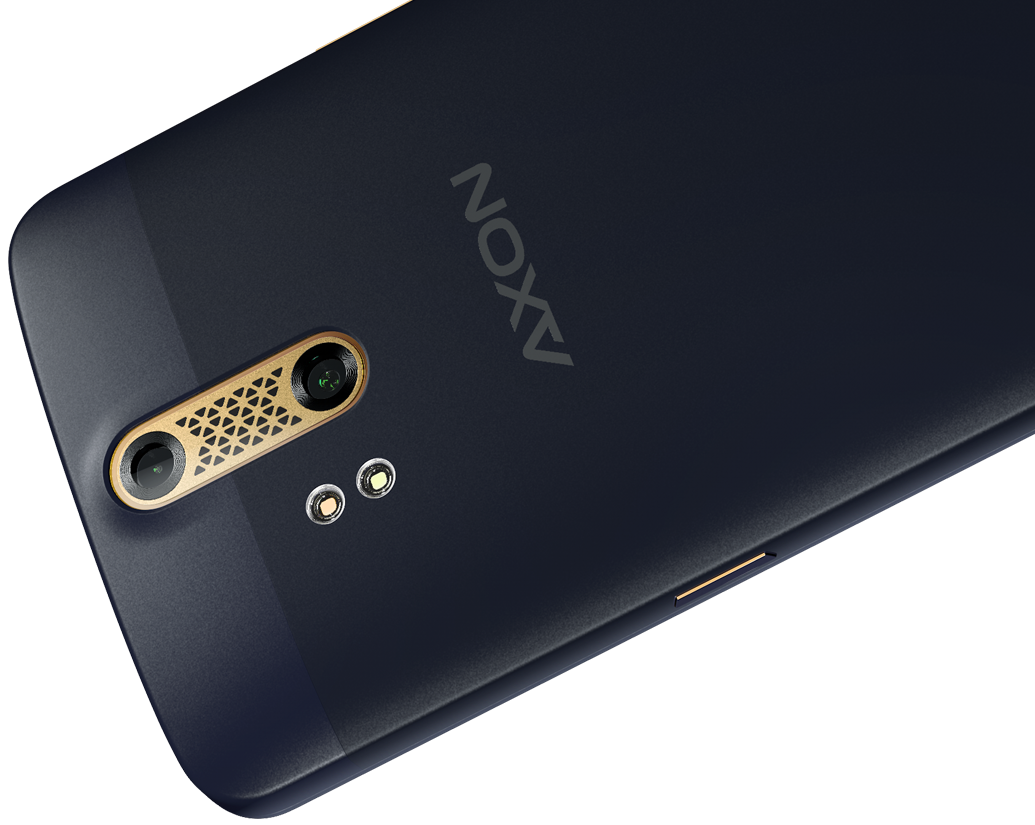
Cheap pricing
There’s a common perception that spending more on an item means it must be more premium and this is where Chinese companies’ existing strategy seems to be affecting them the most. Whereas Samsung, Apple and LG are able to charge in excess of $700 for a smartphone, companies from China mostly design phones to have a much cheaper final retail price.
The problem is that when you’ve got a company you’ve hardly heard of offering you a phone that may have equally impressive specs with a cheaper price tag, you’ll think it’s too good to be true. As such, devices like the HONOR 7 and Xiaomi Redmi Note 2, which are fantastic value for money, are lost in a market like the USA.
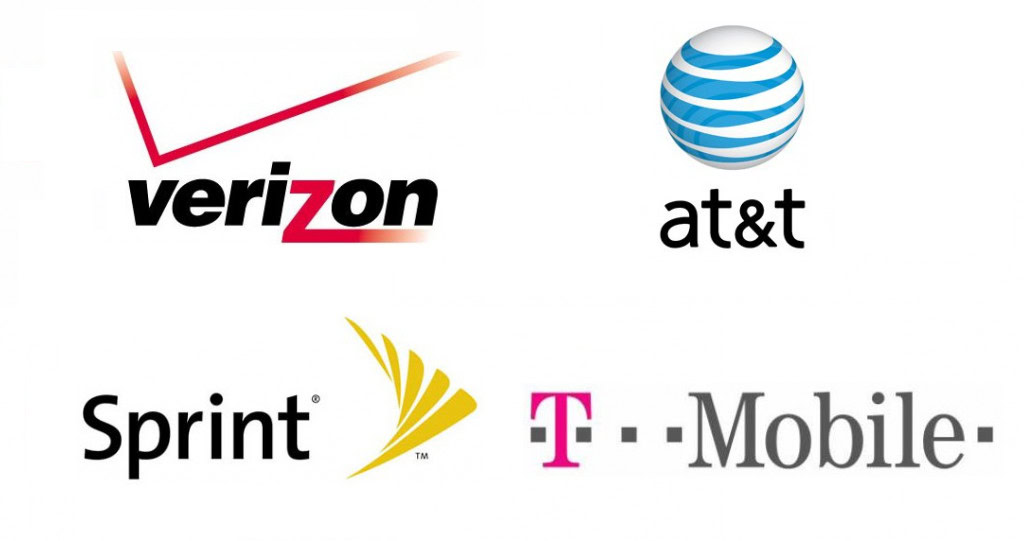
Carrier Backing
The biggest reason people are likely to ignore a Chinese smartphone and opt for a more mainstream OEM comes down to one key factor: carrier backing.
While the US is moving towards a market where companies can sell directly to consumers, carriers still play a large part in the buying process, whether it’s by selling the phones or displaying the phones for would-be customers to try out in person. A simple fact is: Chinese companies just don’t have carrier support.
A potential reason for this could be the aforementioned security concerns but the other reason could be because stocking a brand requires a significant investment and carriers are not willing to take that risk, compared to smartphones from most established players. Either way, the ability to sell a phone is greatly diminished when you don’t have backing from carriers.
Let’s take Chinese phones on the websites of the four major carriers as an example:
- AT&T: Only ZTE listed as a manufacturer. No postpaid phones available. ZTE Maven listed as prepaid GoPhone option for $59.99
- Verizon: No phones from a Chinese OEM listed.
- T-Mobile: Only ZTE listed as a manufacturer. Only the ZTE Obsidian (full price $99.99) is listed with either postpaid or prepaid options.
- Sprint: No phones from a Chinese OEM listed.
That paints the carrier picture, right? Considering there’s plenty of flagship devices coming out of China, it’s quite clear that if a carrier doesn’t back your devices, your US launch is stuffed.
What happens when you do inquire about a phone from a Chinese OEM though? This quick web chat with AT&T about HUAWEI phones should explain all:
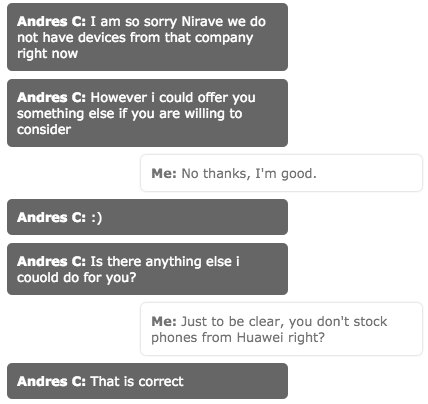
What can Chinese companies do?
What do you do if you’re a Chinese company who wants to break into the US market? So far, there’s been very little success for companies who’ve attempted to, but in Huawei and ZTE, we’re seeing two approaches that may eventually lead to some fruition:
Change to a Western name
[related_videos title=”ZTE Axon in Video:” align=”left” type=”custom” videos=”639864,628891,625832,625608″]ZTE are the company attempting to break into the US with a different name, that’s easier to pronounce and doesn’t have stigma attached. The company delivered its first Axon phone to the market in July this year and with a name that sounds like it might be American, it certainly stands a better chance that the company’s other devices.
The stigma attached to Chinese companies is so severe that ZTE has sought to distance Axon from the parent company in a bid to give it a fair fight. The Axon phone still doesn’t have carrier support but it has been featured quite heavily in the media and looks to have better traction than other ZTE smartphones.
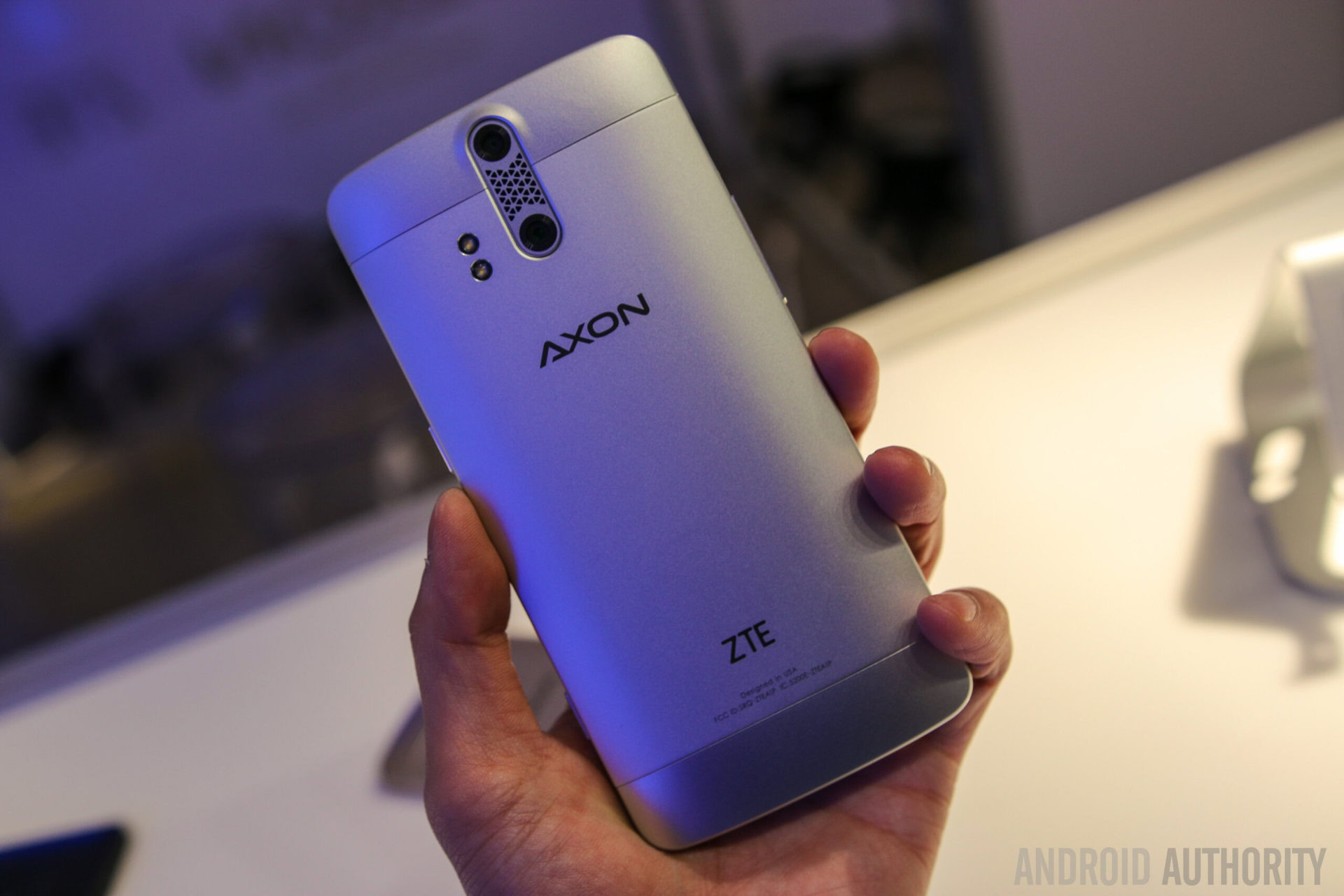
Marketing efforts to improve perception and raise awareness
The other effort some companies can take is the route of HUAWEI in sponsoring hotels, shows and other campaigns and events where the potential return is high enough to justify the significant investment required.
It’s unlikely that HUAWEI’s move to sponsor some room keys in Las Vegas will lead to high dividends but it’s an attempt to raise awareness of the company. From both, a commercial and a marketing perspective, any additional awareness may result in additional customers that would otherwise have shopped elsewhere.
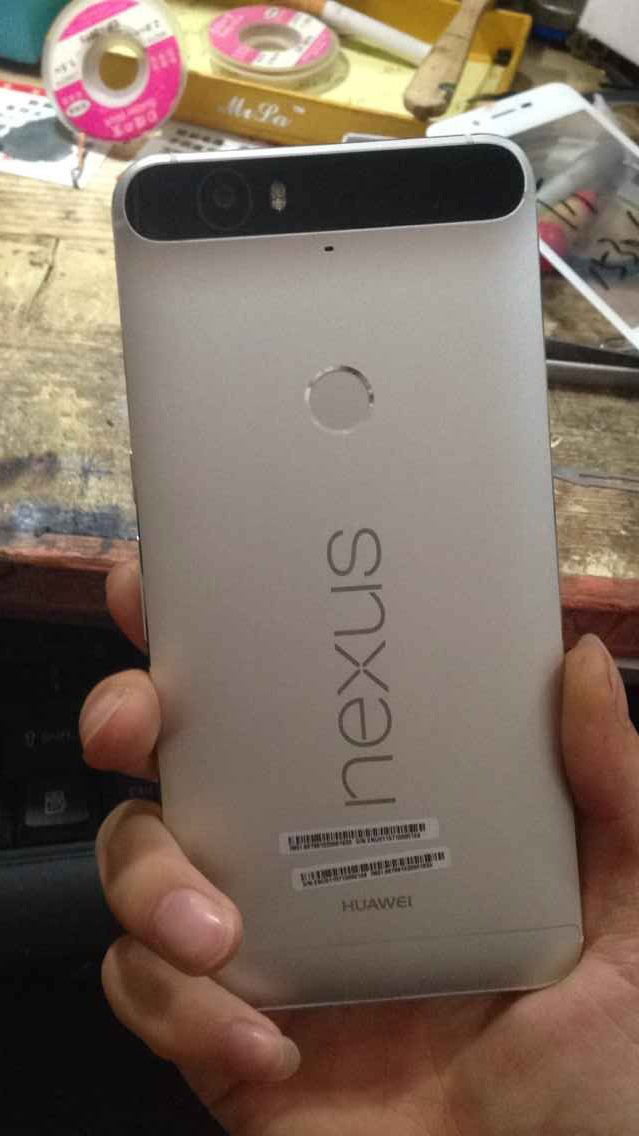

The HUAWEI Nexus
Of course, the ‘easiest’ way to gain traction in the US is to use a big-name company as a partner and at least according to current rumours – which should be confirmed next week – HUAWEI is doing just that.
A rumour that’s widely now accepted as fact after so many leaks, is that Google has partnered with HUAWEI to make the flagship of its two upcoming Nexus smartphones; the Nexus 5X made by LG and Huawei’s Nexus 6P.
Partnering with Google means that any concern about the security stigma is mostly diminished; Google has the cachet that brings credibility to, not only the HUAWEI Nexus, but all HUAWEI phones in general. I wouldn’t be surprised to see HUAWEI attempt a large inroad into the US market next year after the Nexus 6P has been on the market for a few months.
Should they ignore the US?
Of course, there’s another route we’ve not considered at all and it certainly has its own merits: ignore the US completely. Chinese ‘startup’ companies such as Xiaomi and OnePlus are doing exactly this – although the latter does sell directly to customers based in the US – and especially in the case of Xiaomi, it’s proving rather successful.
Xiaomi was only formed in April 2010 but has revenues exceeding $12 billion US and is the world’s 4th largest smartphone maker. It has begun expanding into other countries – such as India, Singapore and Malaysia – but with the entire Western market to capture, there’s a lot of potential for Xiaomi to grow further and possible even secure the top spot in the market.
What do you think?
There’s no denying that the US market is one of the most fiercely-contested, but also one of the most lucrative, and the damning lack of carrier backing looks to be one of the biggest reasons Chinese companies haven’t had more success in the market.
There’s clearly several other reasons behind the lack of success but also plenty of ways that companies are trying to crack the market. While some – such as HUAWEI, ZTE, and Alcatel – had/have some degree of success in the prepaid and feature phone eras, they’ve been left behind as more and more smartphones are launched into the market.
Can a Chinese company be a success in the US? What do you think of their phones and have you seen any advertising or marketing by Chinese OEMs in the US? If so, where and what did you see? Let us know your views in the comments below!